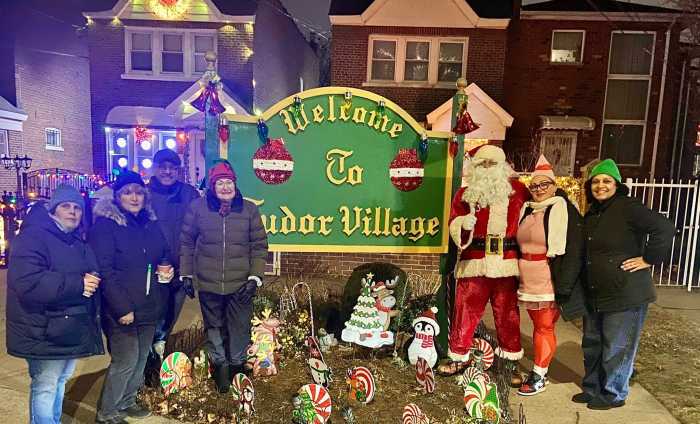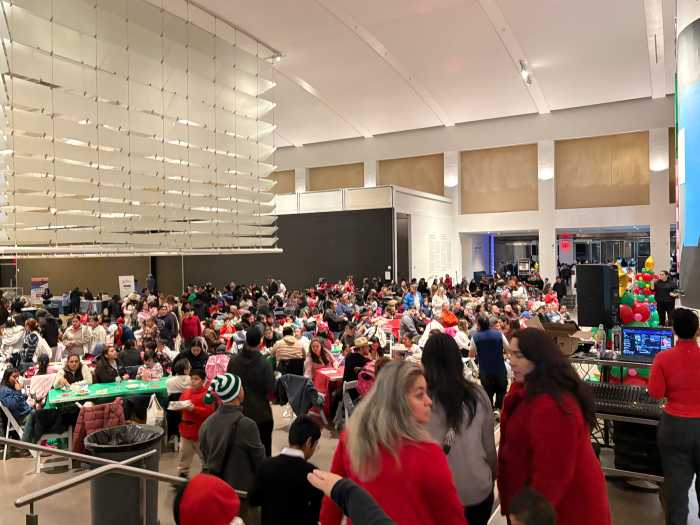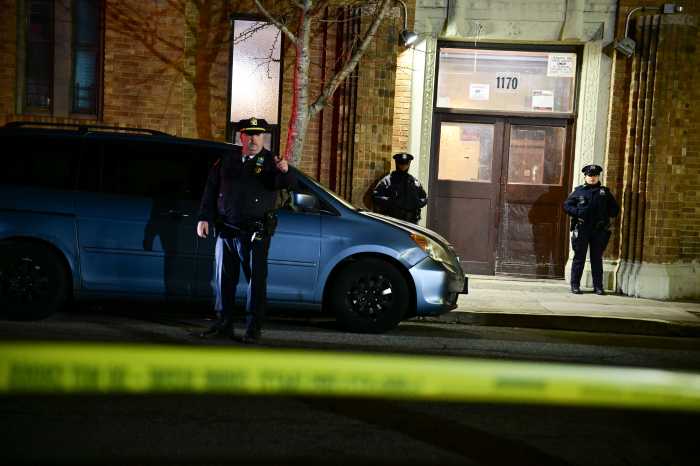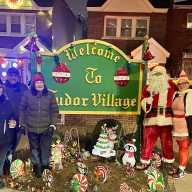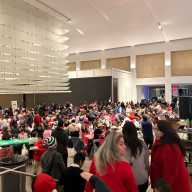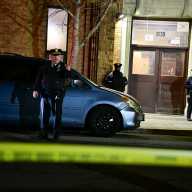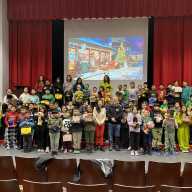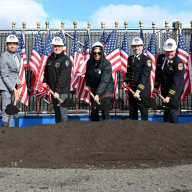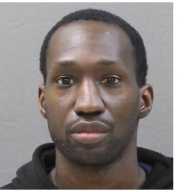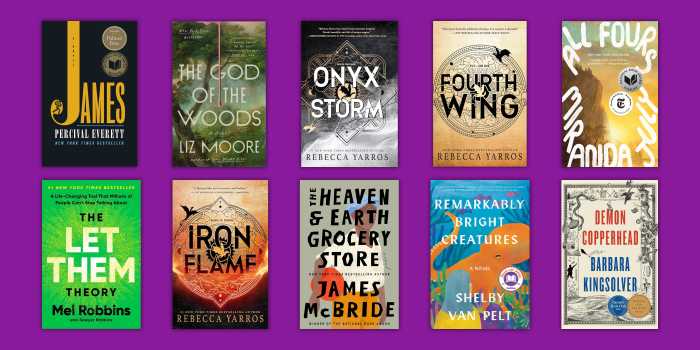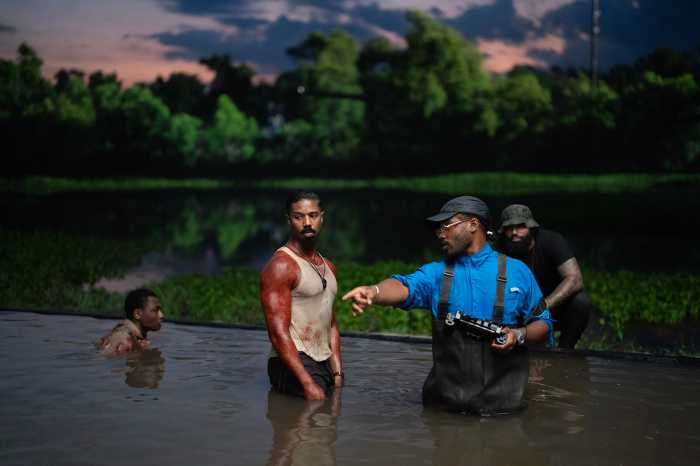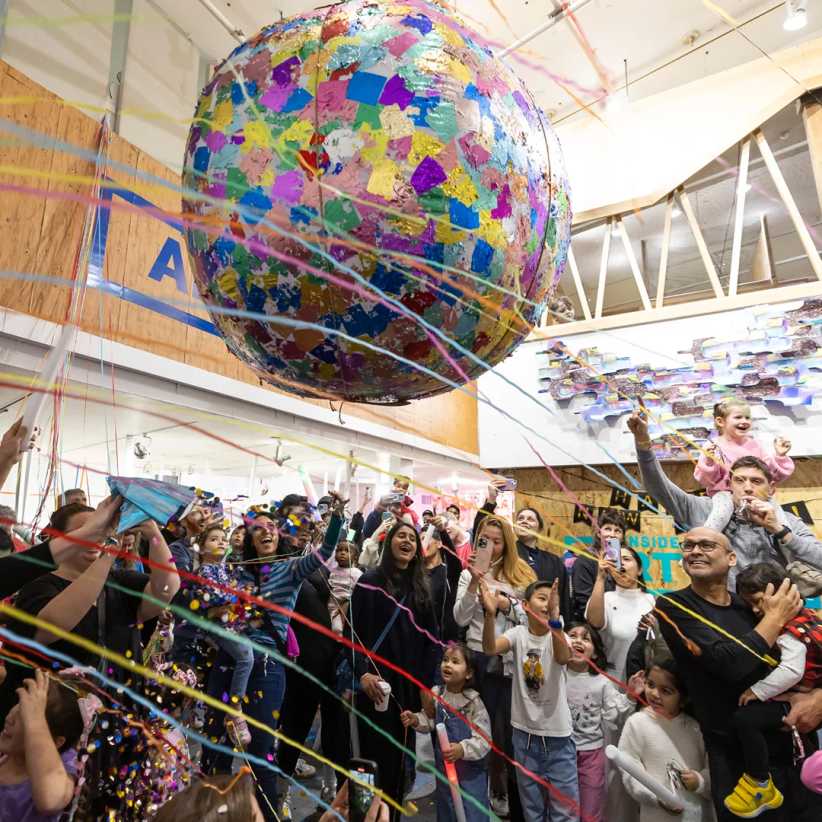Mayo-Perez, who arrived at Maple Grove a year ago with a…
By Daniel Massey
Kew Gardens’ Maple Grove Cemetery is quickly running out of burial space, but to President Linda Mayo-Perez the rapidly filling grounds are as much an opportunity as they are an obstacle.
Mayo-Perez, who arrived at Maple Grove a year ago with a background in urban and community development, has worked to transform the cemetery beyond its traditional role of burial ground.
“We’re almost 130 years old and we face a future in which we’ll have to address the obvious. We’re going to run out of land,” she said. “Part of what we’re looking at is what role can a cemetery like Maple Grove play in the community.”
The ideas keep flowing in. From a program to celebrate the lives of noteworthy people buried in the cemetery to a new partnership with the New York Hall of Science, Mayo-Perez is working to turn the cemetery into a resource that all the community can treasure.
“The trustees said we want you to look at the new role in the future. Take yourself out of 2002 and fast forward to 2050,” she said. “That really excited me. My biggest love is to create and to be a visionary.”
Before long, aspiring astronomers may view the stars from the darkness of Maple Grove, a group of schoolchildren from PS 99 will make a public art sculpture that will be displayed at the cemetery and the burial ground’s pond may turn into a laboratory for budding microbiologists. A planned administrative building would double as a community center.
Last month Mayo-Perez collaborated with the Richmond Hill Historical Society in a ceremony to rededicate the grave of Elisabeth Riis, wife of photojournalist and urban reformer Jacob Riis. Elisabeth Riis was buried at Maple Grove in 1905 and her grave had fallen into a state of disrepair.
The director has retained a consultant to research the cemetery’s records and find other important individuals buried in Kew Gardens. “We plan to recreate these celebrations for a number of people,” she said. “It enlightens us all about who was here and the purpose of why we’re all here. Part of a cemetery’s role is about memorialization. It’s not just about burying.”
As part of the Hall of Science’s community technology program, students will create stories about the cemetery using digital technology.
“It might seem like a weird idea, but the more you think about it, the more you think why not,” said Preeti Gupta, director of education for the New York Hall of Science. “She wants to take the idea of the cemetery and go beyond that.”
A plan in the early stages of development would get youth involved in the criminal justice system back on track using horticulture as a hook. Patterned after a successful program at the Norfolk Botanical Gardens in Virginia, the cemetery would partner with the Queens Botanical Gardens to provide horticulture training, counseling and GED preparation to the young people.
“As long as we continue to respect those who are interred here and understand that’s our primary role, our secondary role can be many things,” Mayo-Perez said.
If new features under consideration are implemented, Maple Grove, which was established in 1875, will have enough burial space for about 25 more years. But Mayo-Perez continues to think outside the box to make sure the cemetery will live on, as its charter requires, forever.
“When you imagine new possibilities and open your minds to what is possible, sometimes you find it’s amazing what you discover.”
Reach reporter Daniel Massey by e-mail at Timesledger@aol.com or call 229-0300, Ext. 156.

